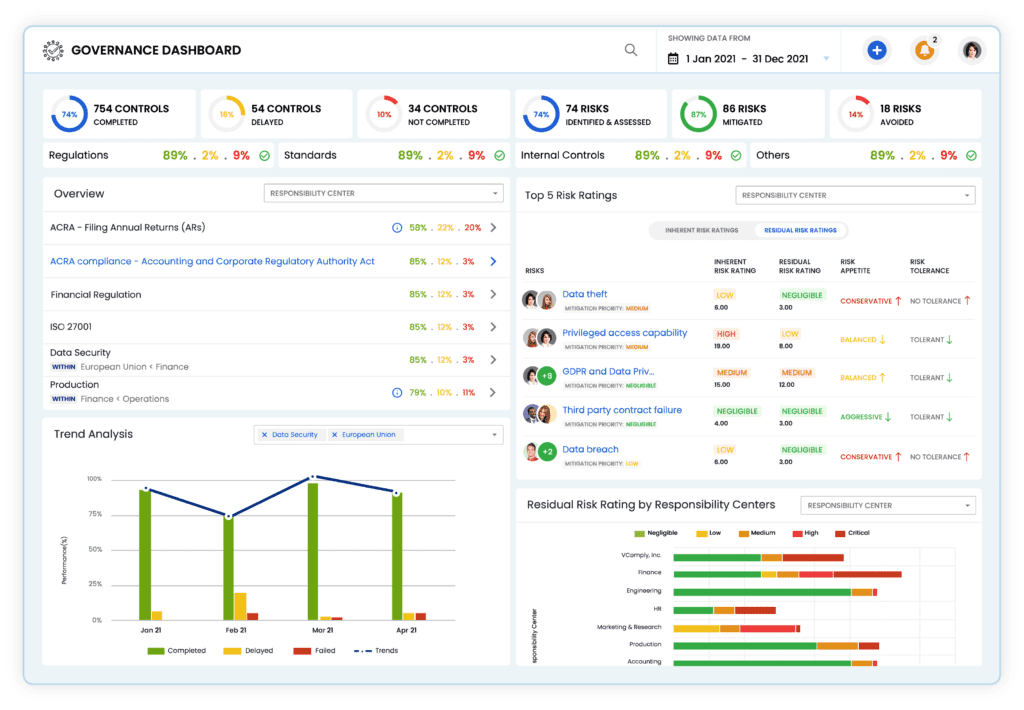A thorough compliance assessment goes beyond avoiding penalties—it reinforces organizational trust, integrity, and resilience. By following a structured six-step framework, businesses can proactively identify risks, close compliance gaps, and ensure ongoing alignment with regulations and internal policies. Leveraging technology like VComply further enhances this process by automating routine tasks, centralizing compliance activities, and helping teams stay ahead of ever-evolving regulatory demands.
The importance of compliance assessment cannot be overstated. Research indicates that the average cost of non-compliance ranges from $14 million to nearly $40 million. This underscores the need for a systematic and efficient approach to compliance assessment. In this blog, we will introduce the six crucial steps to assess compliance effectively. These steps will provide a clear roadmap for maintaining compliance, ultimately enhancing operational efficiency and protecting against costly non-compliance issues.


